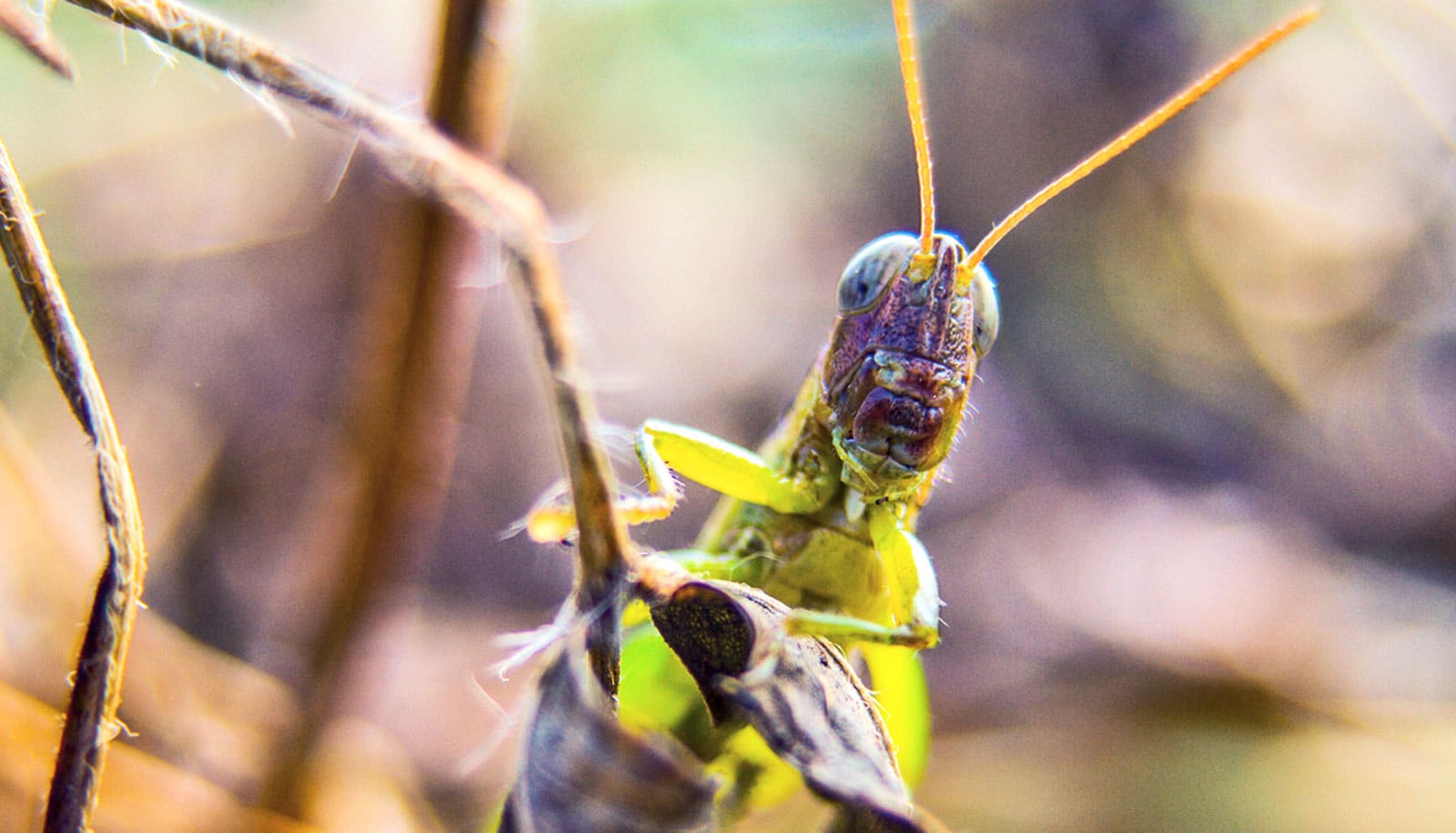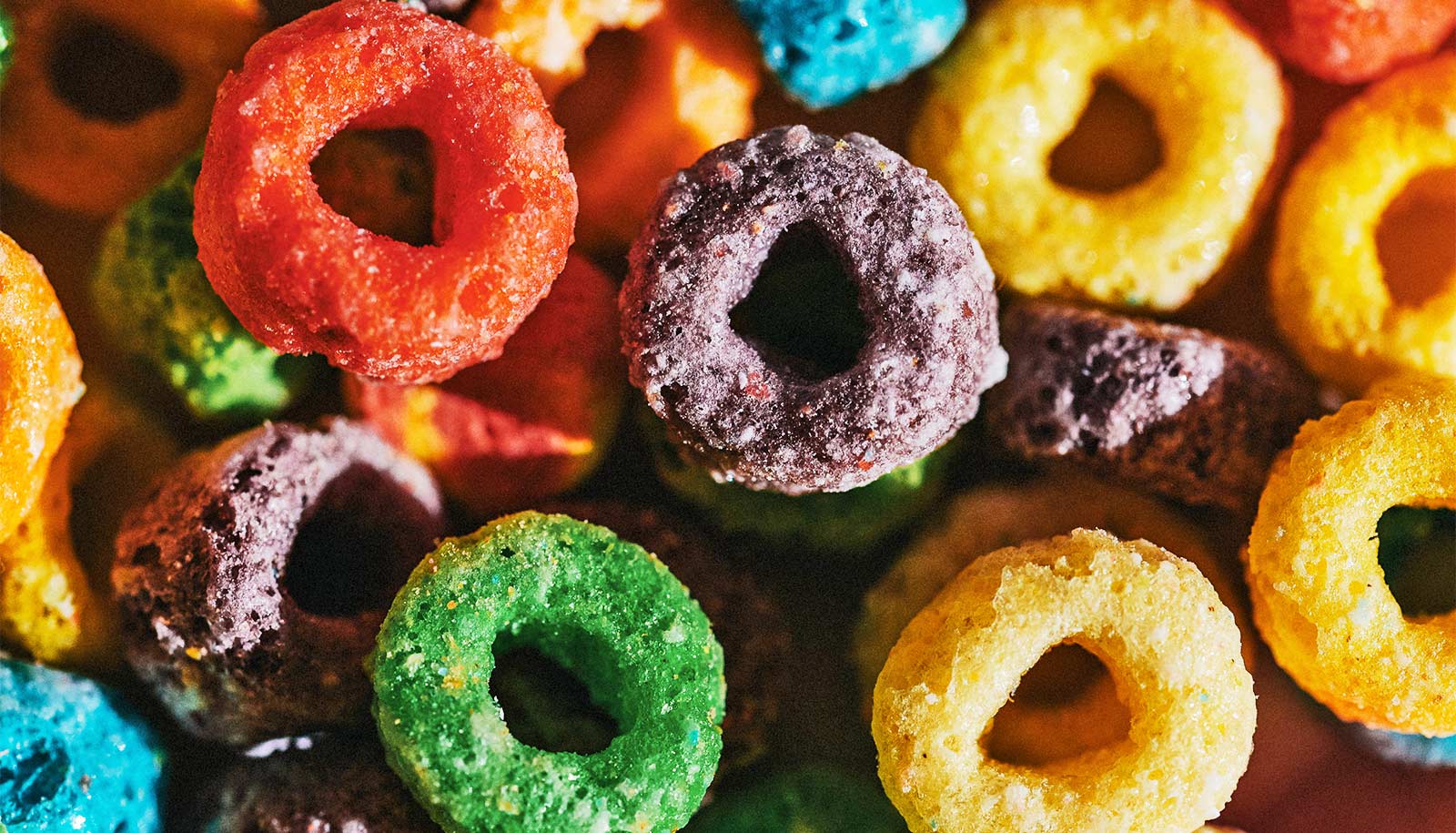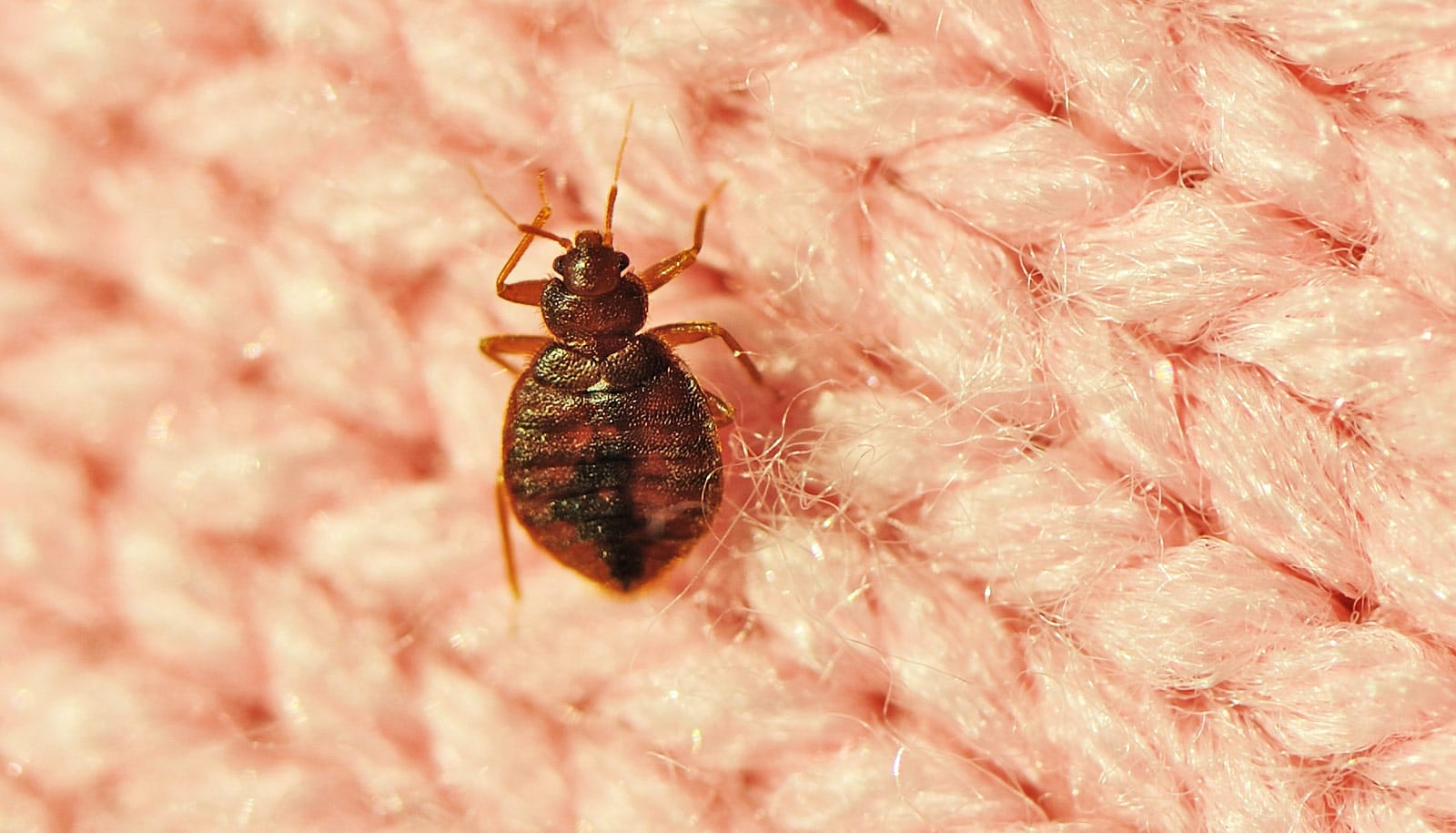Almost all primates today, including people, can still eat and digest insects, the food choice for our early primate ancestors, thanks to an enzyme that can break down insect exoskeletons, a new study indicates.
Insects are part of the traditional diet of 2 billion people around the world, but some people can’t imagine letting a cricket, grasshopper, or beetle get anywhere near their dinner table. The “yuck” factor aside, there’s nothing about eating bugs that’s bad as far as nutrition, digestion, or evolution is concerned.
“It’s interesting that many people who like shrimp and lobster think insects are yucky. But shellfish are kind of like underwater insects.”
“For a long time the prevailing wisdom was that mammals didn’t produce an enzyme that could break down the exoskeletons of insects, so they were considered to be very difficult to digest,” says Mareike Janiak, a doctoral candidate in the anthropology department at Rutgers University and lead author of the study, which appears in Molecular Biology and Evolution.
“We now know from research on bats and mice, and now my research on primates, that this isn’t true,” Janiak says.
Almost all living primates still have working versions of the gene needed to produce a stomach enzyme that breaks down exoskeletons, the researchers found. They looked at the genomes of 34 primates, searching for copies of a gene called CHIA, the stomach enzyme that breaks down chitin, which is part of the outer covering of an insect.
What they discovered is that while most living primates have only one copy of the CHIA gene, early primates, which tended to be very small, had at least three working copies, suggesting insects were an important food source for our early ancestors.
Some living primates, like the tarsier, which eats more insects than any other kind of primate, and today exists only on islands in Southeast Asia, have five copies of the gene, because it was duplicated specifically in this lineage.
“As some primates evolved to be larger and more active during the day than at night, their diets shifted a bit to other foods like fruits and leaves,” Janiak says. “Insects became less important and their digestive enzymes changed, but most living primates still have at least one working CHIA gene.”
Did eating bugs create our big human brains?
How effectively humans digest an insect’s exoskeleton is still being debated in the scientific literature. While some studies show that human stomach enzymes can digest the harder-shell outer covering of the insect, other researchers say they can’t find any evidence that this is the case.
“Unfortunately, most of the human research so far has been done using Western culture participants rather than comparing people from various cultures that actually eat insects regularly,” she says. “But for humans, even if we didn’t have an enzyme, the exoskeleton becomes a lot easier to chew and digest once the insect has been cooked.”
Around the world, 1,900 species of insect are considered both edible and a highly nutritious food source with healthy fats, protein, fiber, vitamins, and essential minerals.
New food ventures, like the Bitty Foods, that use sustainably raised crickets to make cricket flour, may make people from western cultures more willing to look at insects, which have a much smaller carbon footprint than beef and other livestock, as a food and protein source, Janiak says.
How to make people taste gross to insects
“It’s interesting that many people who like shrimp and lobster think insects are yucky. But shellfish are kind of like underwater insects,” Janiak adds.
Source: Rutgers University



